Phonics recognition Alphabet Worksheets for Ages 5-6
16 filtered results
-
From - To
Discover our engaging Phonics Recognition Alphabet Worksheets designed specifically for children aged 5-6! These fun, interactive worksheets help kids strengthen their understanding of phonics and improve letter recognition through captivating activities. Each worksheet encourages early readers to identify sounds and letters, supporting their literacy skills in a playful manner. With colorful visuals and age-appropriate exercises, children will develop essential phonemic awareness while boosting their confidence in reading. Perfect for homeschooling or supplemental learning, our resources are easy to print and integrate into any educational plan. Start your child's phonics journey today and watch their reading skills flourish!


Letter K Sounds Worksheet
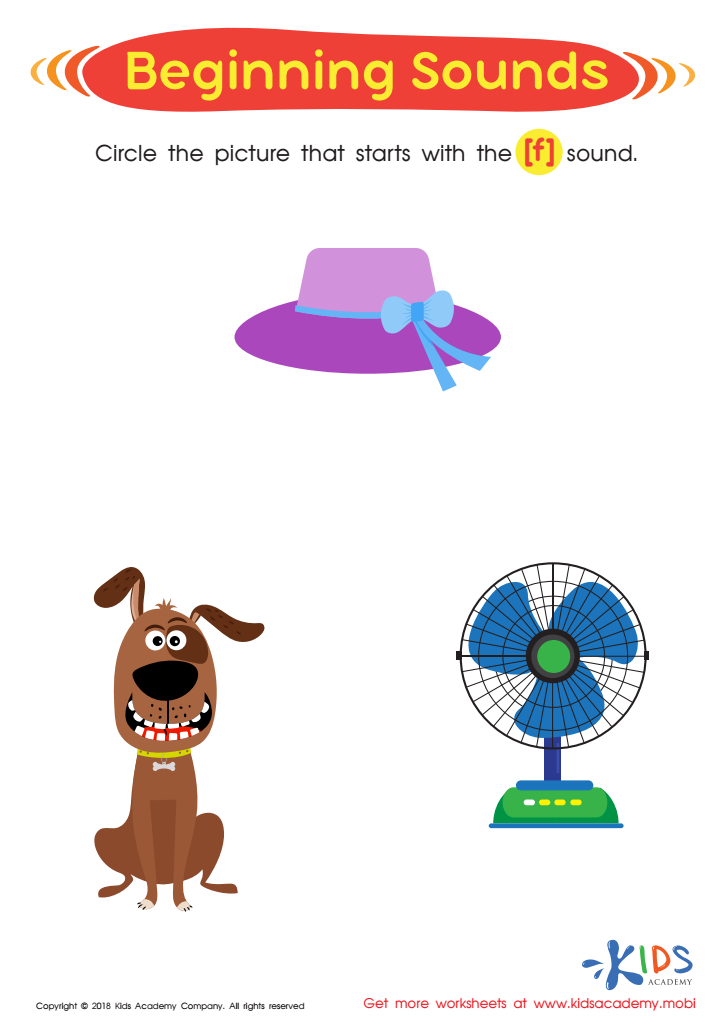

Beginning Sounds Assessment Printable
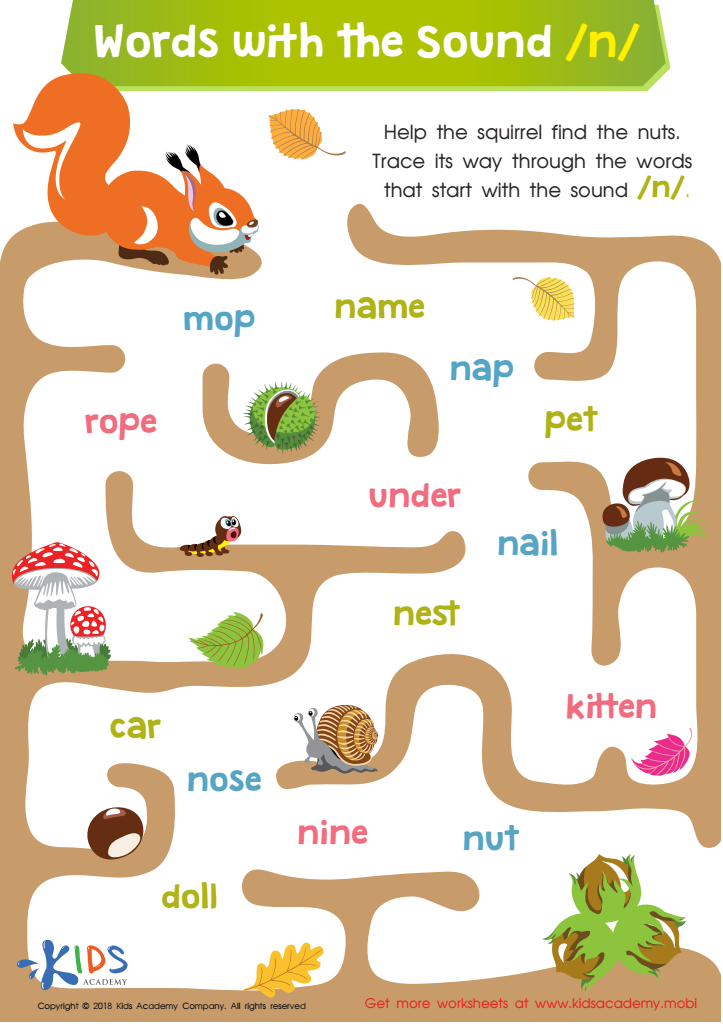

Words with Sound N Reading Worksheet
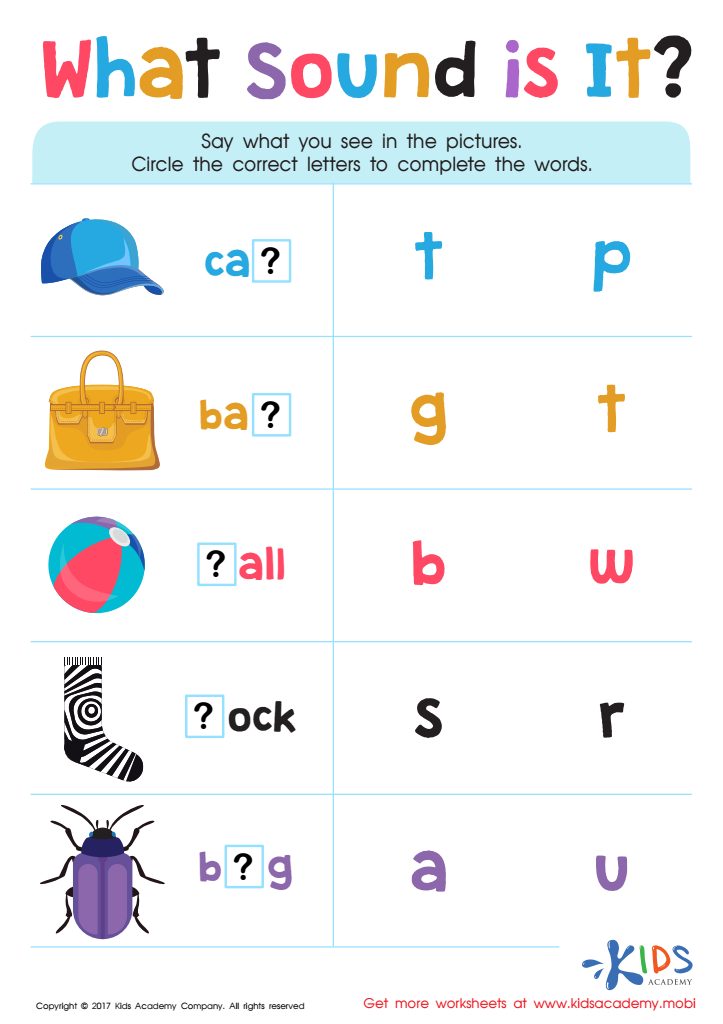

What Sound Is it? Worksheet
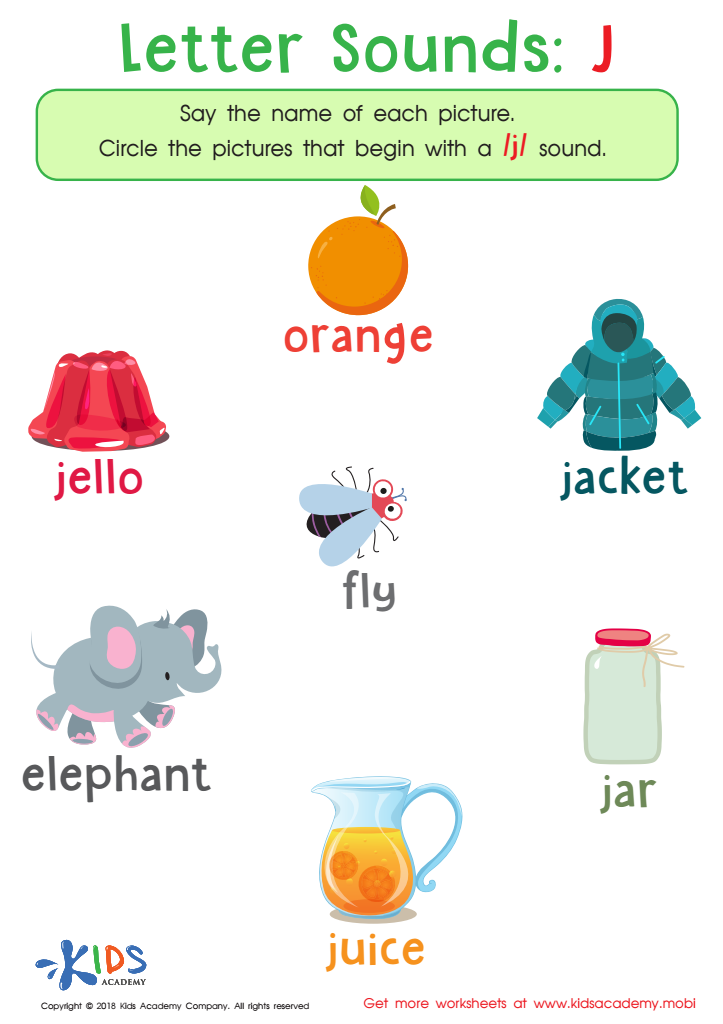

Letter Sounds: J Printable Worksheet
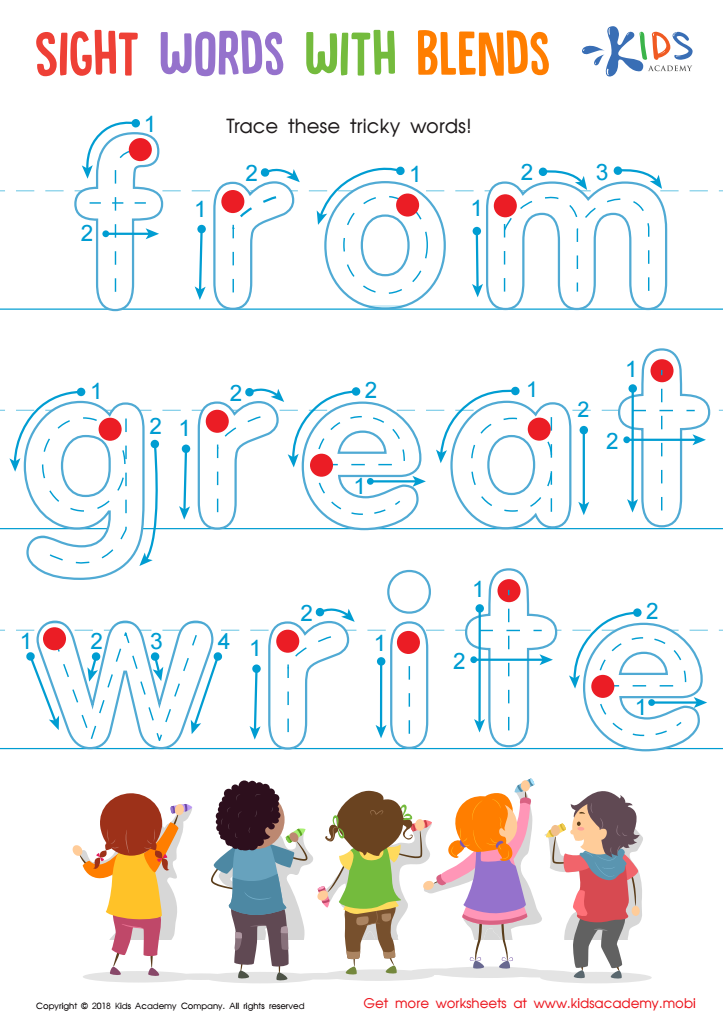

Sight Words with Blends Worksheet
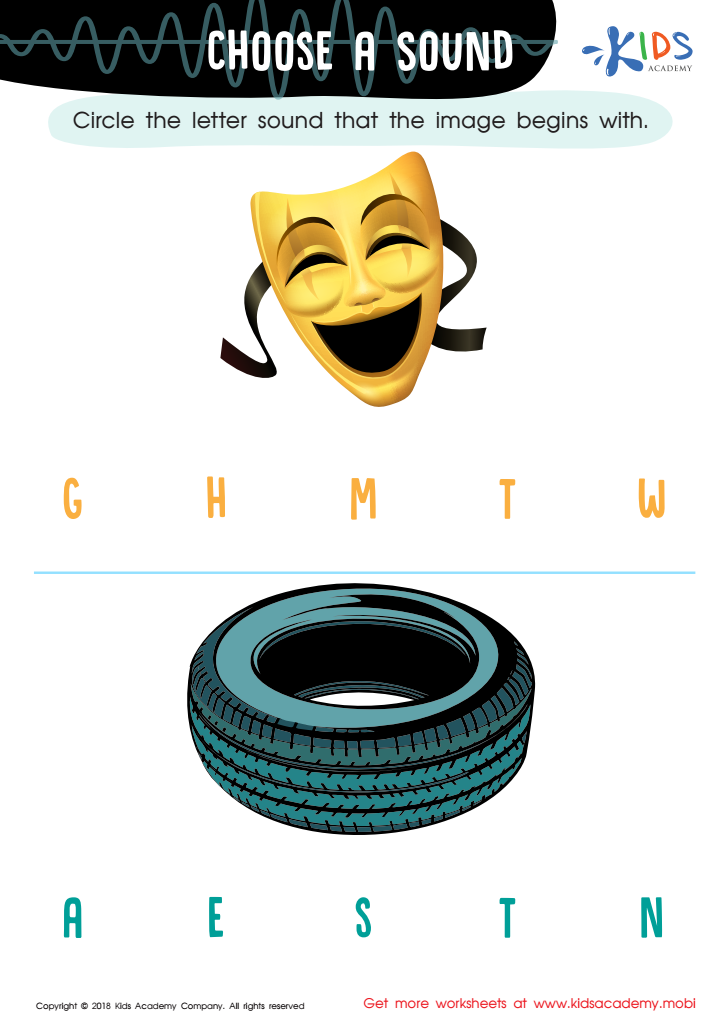

Choose a Sound Worksheet
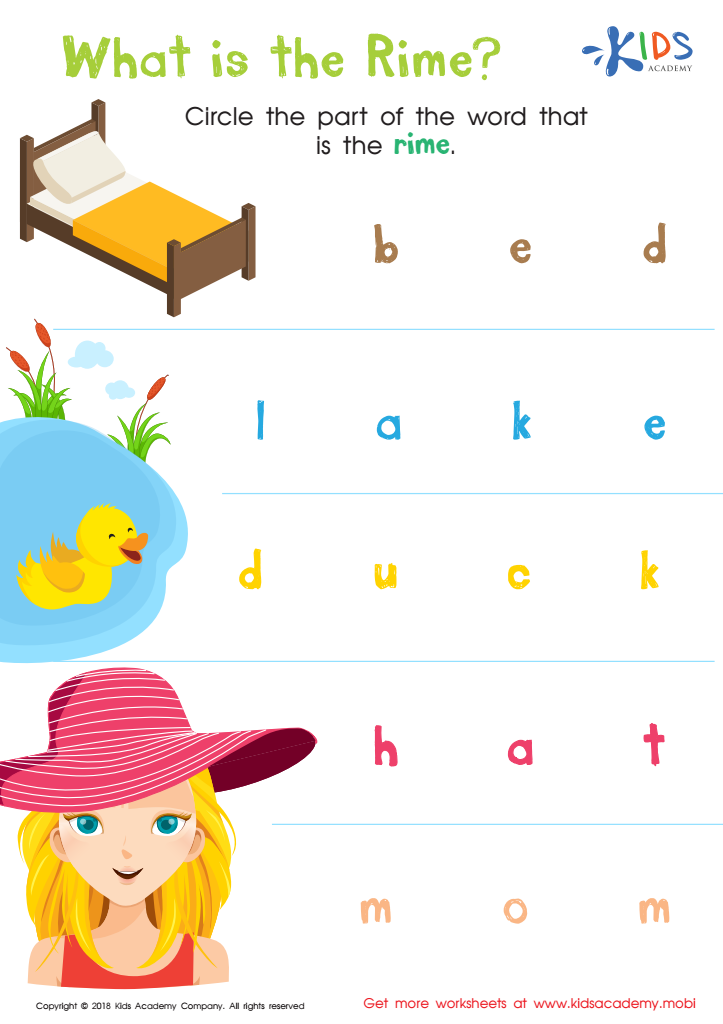

What Is the Rime? Worksheet


Where Is the Digraph? Worksheet
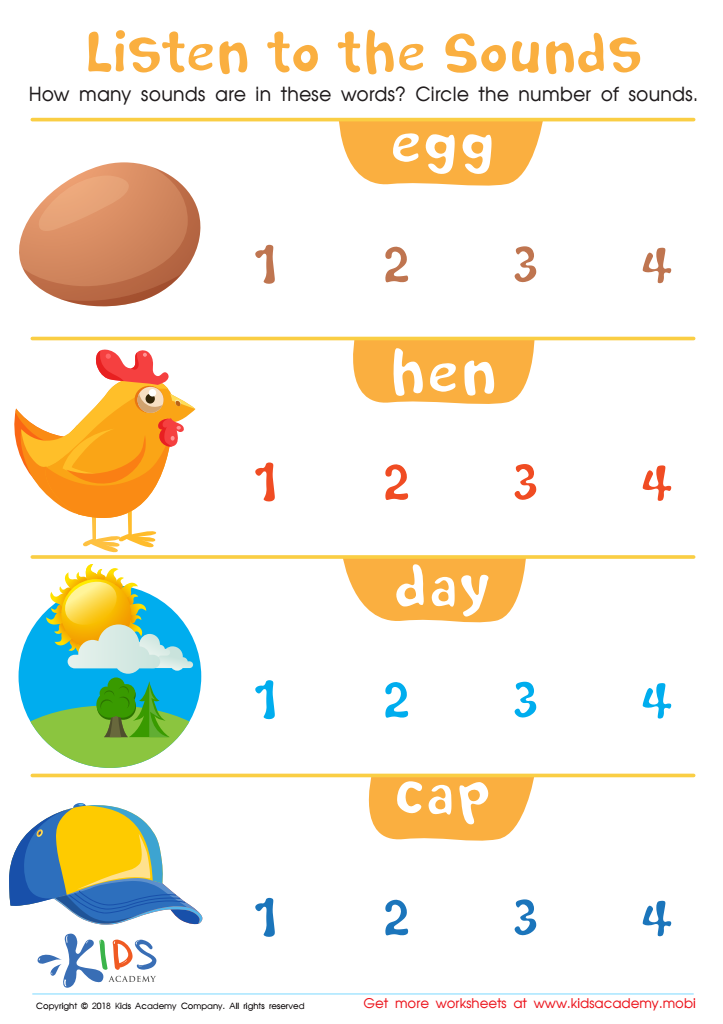

Listen to the Sounds Worksheet
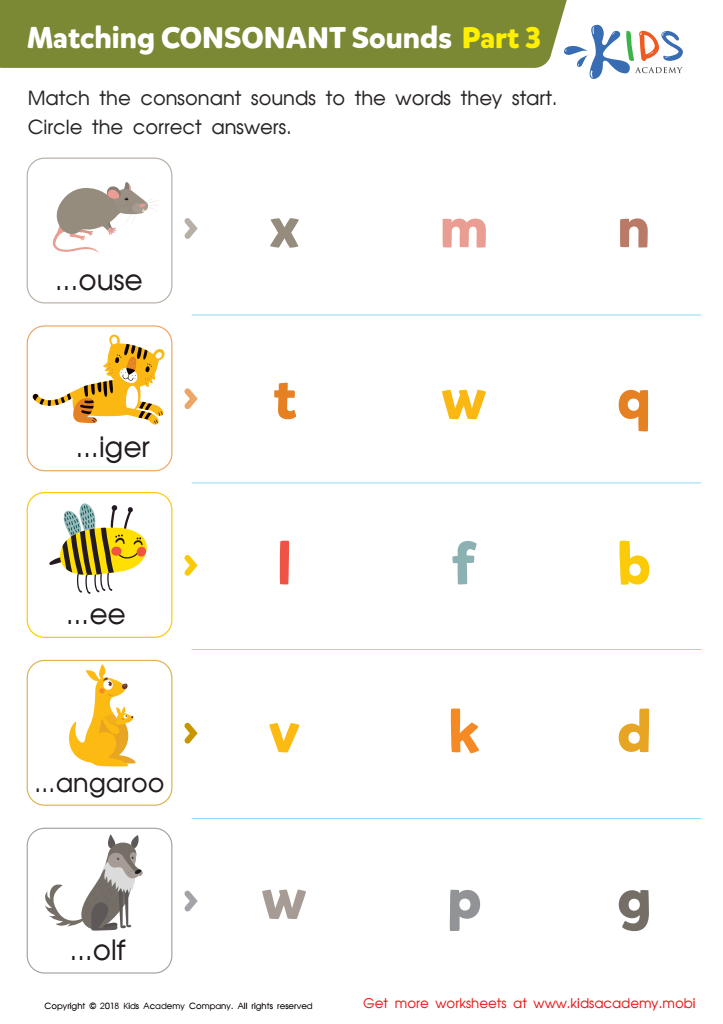

Matching Consonant Sounds: Part 3 Worksheet


Finish the Rime Worksheet
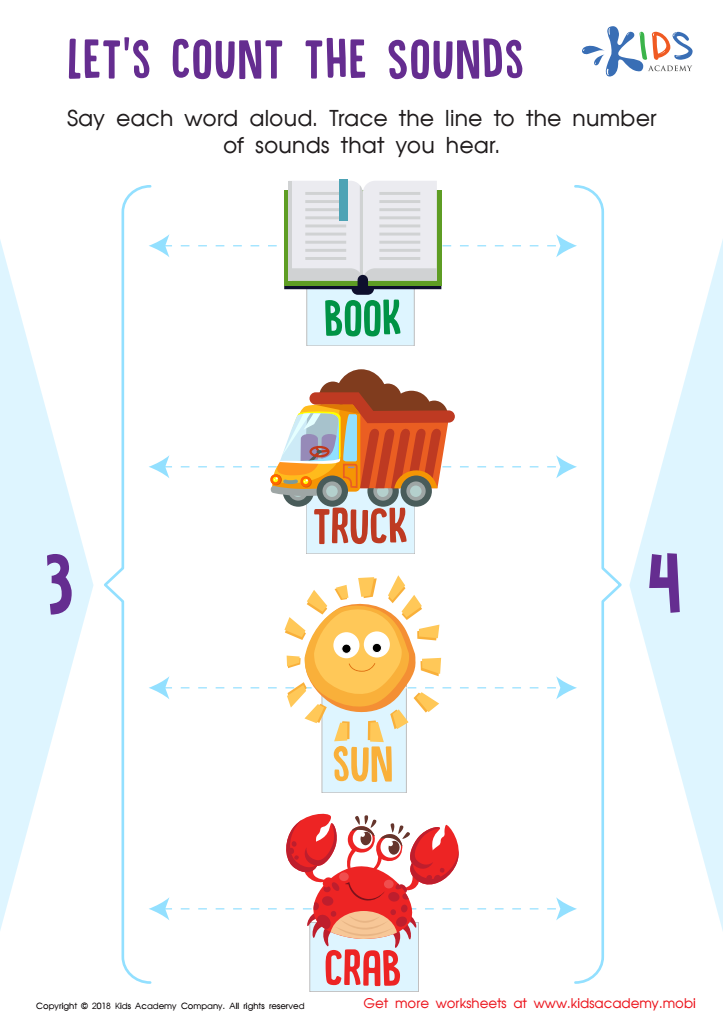

Let's Count the Sounds Worksheet
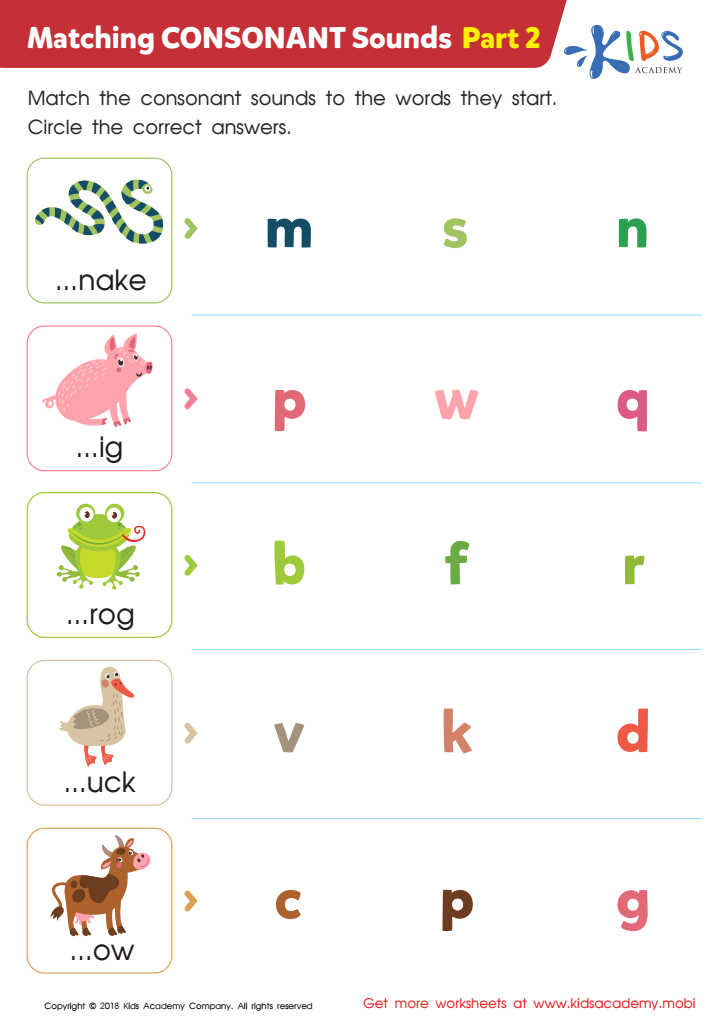

Matching Consonant Sounds: Part 2 Worksheet
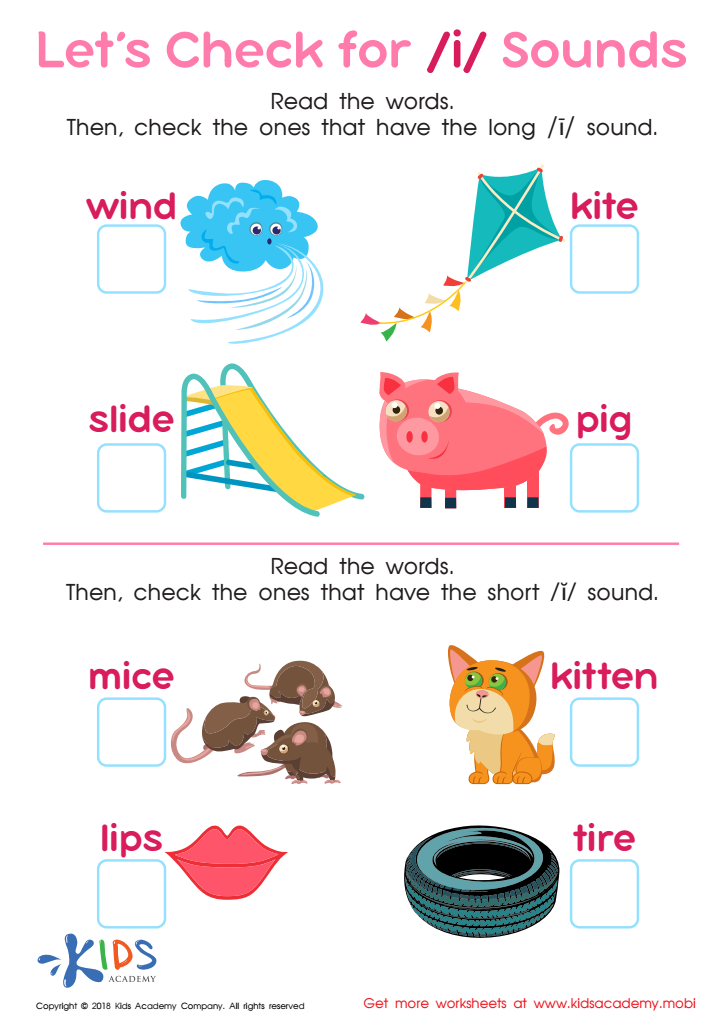

Let's Check for «i» Sounds Worksheet
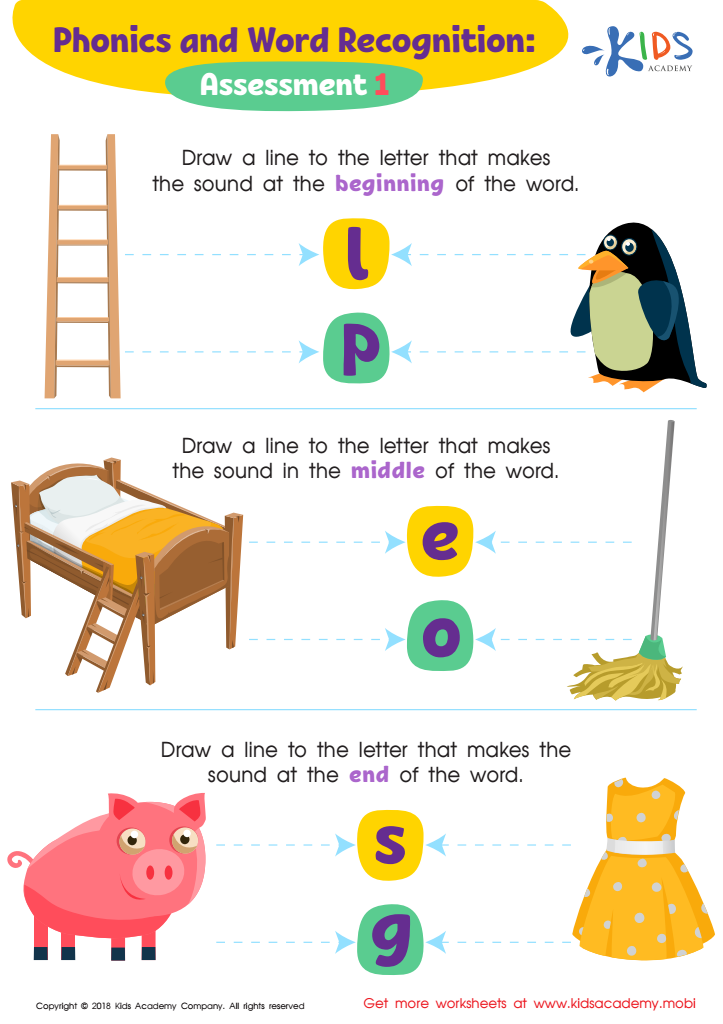

Phonics and Word Recognition: Assessment 1 ELA Worksheet
Phonics recognition is crucial for children ages 5-6 as it lays the foundation for reading and writing skills. During this formative period, children learn to connect sounds with letters, enabling them to decode words—a skill essential for literacy development. Understanding the alphabetic principle helps children recognize that letters represent sounds, facilitating their ability to read independently and understand the text.
Parents and teachers should prioritize phonics because children who grasp phonics early are more likely to become proficient readers. This proficiency has significant implications for their overall academic success; strong reading skills influence performance in all subjects. Furthermore, early phonics recognition nurtures children’s confidence and motivation to explore literature, fostering a lifelong love of reading.
Additionally, phonics instruction equips children with the tools to tackle unfamiliar words. Involving parents in phonics activities at home, like playing sound games or reading together, strengthens their engagement in the learning process. Teachers can incorporate phonics in classroom settings through interactive lessons, games, and phonetics-based reading materials.
In summary, phonics recognition is a vital component of early literacy education that supports children's cognitive development, boosts academic readiness, and fosters a positive relationship with reading.
 Assign to My Students
Assign to My Students
















